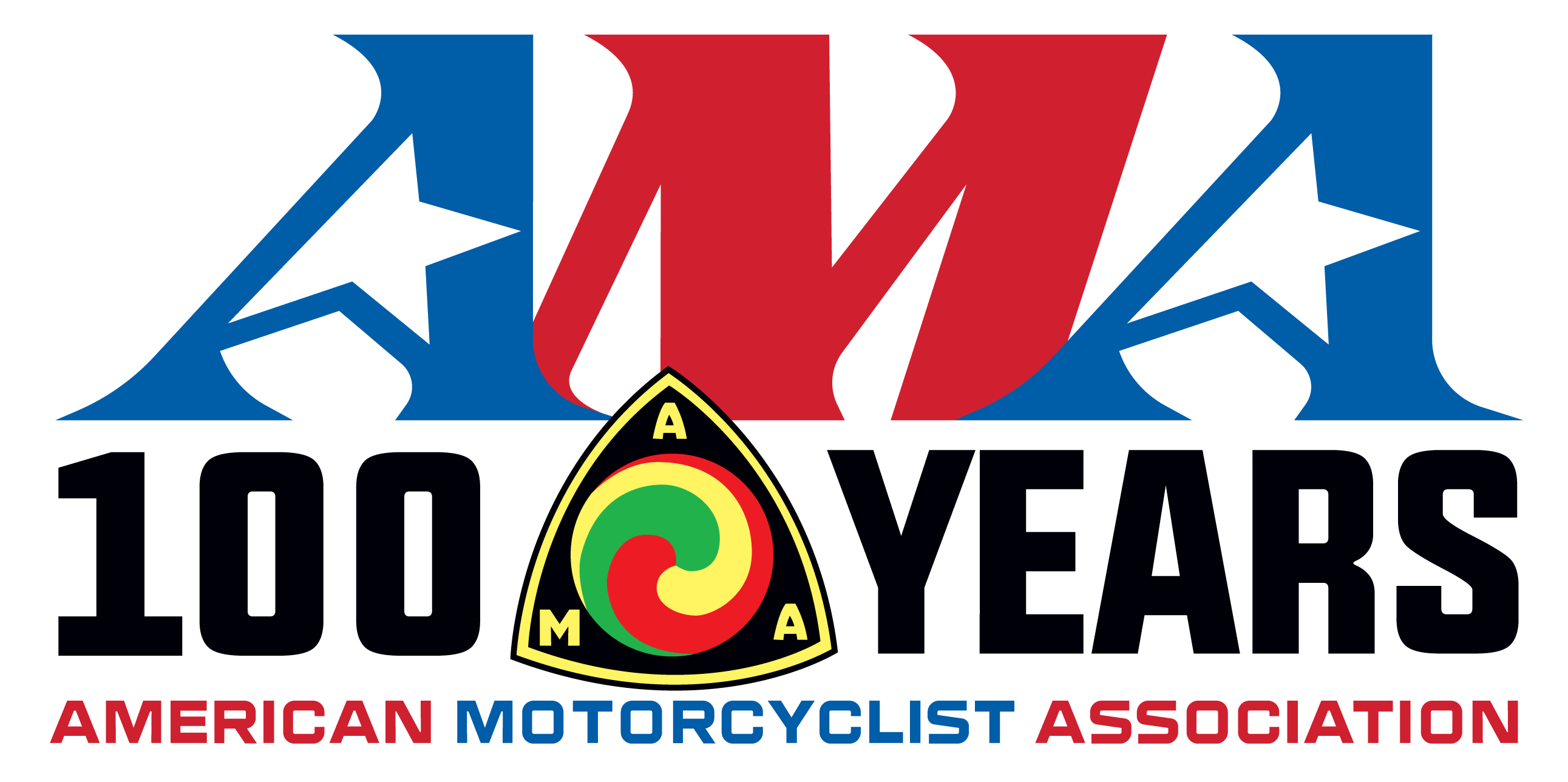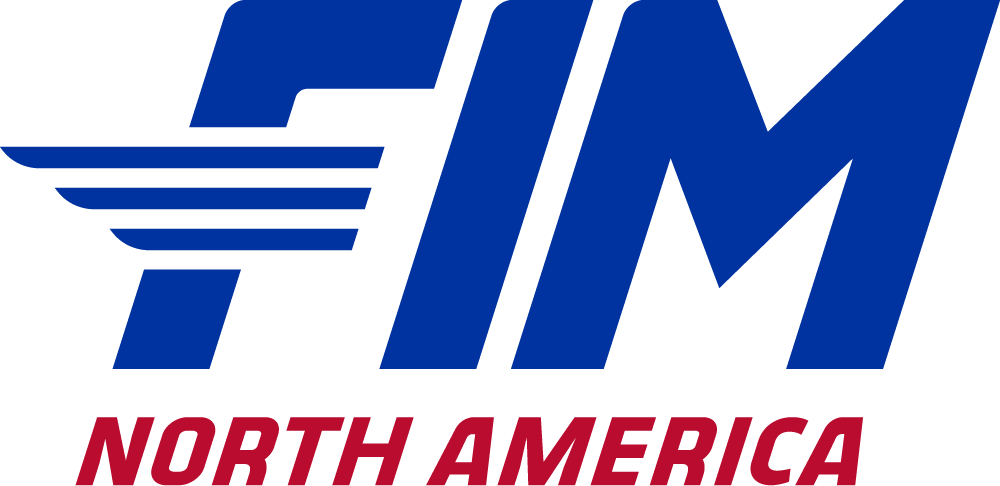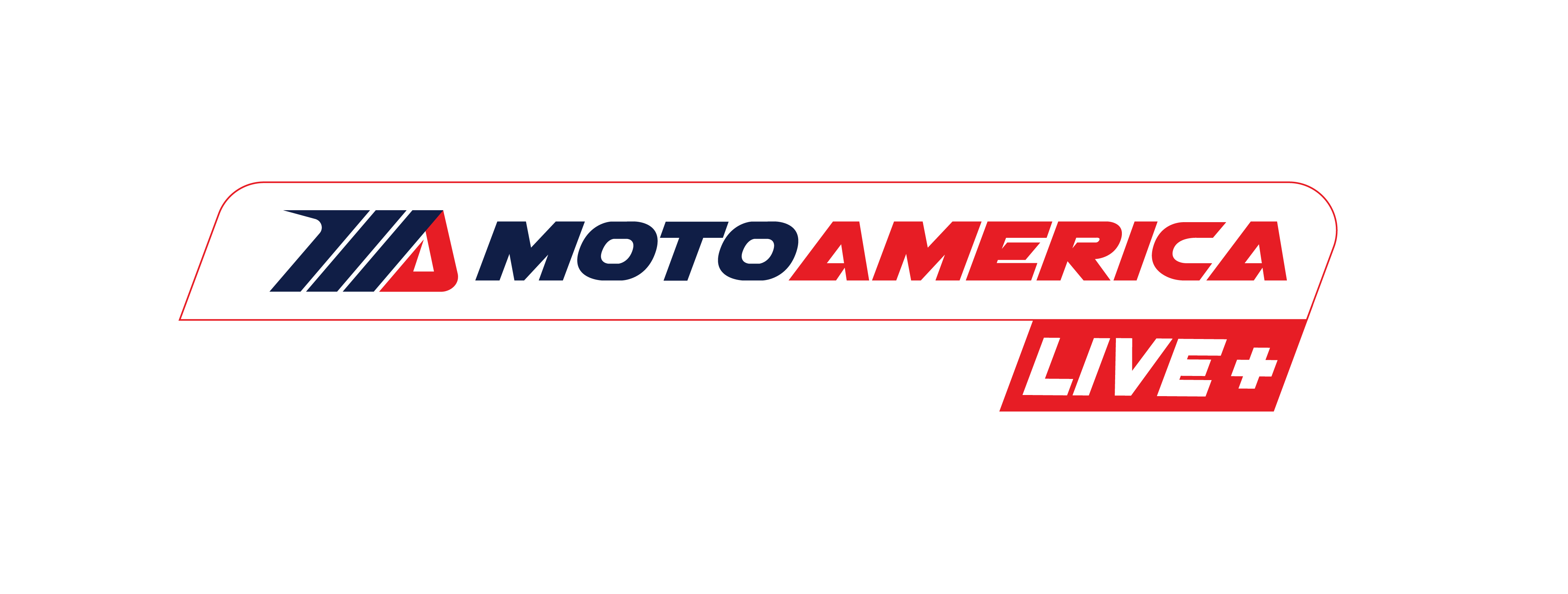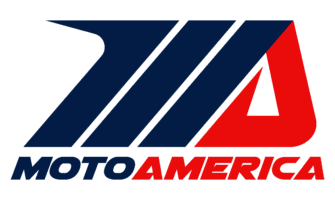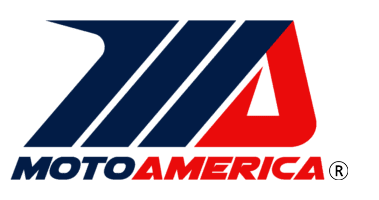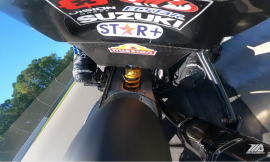
Over the past several years, 3D printing has been an emerging technology that is growing by leaps and bounds. From what started as a way to create simple three-dimensional shapes out of plastic has advanced into the production of complicated assemblies and parts for all kinds of industries and market segments.
Within MotoAmerica, the company that is leading the way in the 3D printing and rapid prototyping of race parts is CarbonSmith.
Traditionally, and by definition, a “smith” is a “worker of metal” as in a blacksmith, coppersmith, tinsmith, as well as a gunsmith, locksmith, and in the case of the author of this story, I consider myself a wordsmith.
Besides “Smith” being the last name of CarbonSmith team owner Ryan Shaun Smith, he is quite literally a modern-day smith. He is a worker of carbon fiber and resin, as well as metal.
In technical teams, it’s called “Continuous Fiber Fabrication.” CarbonSmith’s 3D-printed products are made from a patented carbon fiber-based material that is reinforced with single-strand continuous composite fiber.
Smith worked with Twins Cup rider Jason Madama over the past couple of race seasons, and for 2020, he is a team sponsor for Westby Racing. The partnership has already reaped benefits for both Smith and Westby Racing.

“For one thing, we’ve re-engineered some of the plumbing in the stock R1’s cooling system and helped improve the flow of water through some of the fittings in order to increase thermal efficiency in the Westby Superbike,” Smith commented.
CarbonSmith’s first foray into motorcycle road racing netted the company a product lineup of 3D-printed brake lever guards, which led to 3D-printed fairing support brackets, airboxes, and various other parts.
Smith, who was embedded with the Westby Racing team during the MotoAmerica Official Dunlop Preseason Test earlier this week, had an array of parts on hand that he had 3D printed for the team’s Superbike.

Some of the parts are ready for prime time, while others are prototype parts, which provide the exact dimensions for the final part that is CNC-machined out of billet aluminum. An example of this is the suspension link that Smith 3D printed in carbon fiber-based material with threaded-metal inserts for the mounting points. The team is able to install the prototype part on the bike and check the geometry and travel of the suspension with the link in position. If the prototype part does its job the way the team specified, Smith is able to provide the exact measurements so that the final part can be fabricated in aluminum.

When asked why some parts can be 3D-printed and put right into service, while other parts are used for prototyping, Smith explained, “Two reasons: with prototyping, we can try the part on the bike, then adjust any of the measurements, if needed, and keep doing that till we get it right. Also, you can do 3D printing using powdered metal, but there are currently only a few types of metal available like stainless steel, certain types of aluminum, and copper. The development curve on the 3D printing technology is very steep, and it probably won’t be long before additional powdered alloys and other metals are available.”

In addition, Smith said that he can 3D-print exact copies of all kinds of motorcycle components just by taking their measurements, outputting the duplicate parts, and installing them on the bike. “Brackets, battery boxes, electrical connector junctions, cooling system parts, airboxes, guards, it’s pretty much limitless.”

We haven’t quite reached the point where MotoAmerica teams have 3D printers in their transporters or the right in the pitboxes at the track, with the machines poised to print out replacements for parts that were just damaged in a crash, but with the rapid development of the technology and CarbonSmith leading the way in the MotoAmerica paddock with the work that Ryan Shaun Smith is doing with Westby Racing, that day may not be too far in the future.
In 1897, Adolph S. Ochs, the owner of The New York Times, created the famous slogan “All The News That’s Fit To Print.” In 2020, CarbonSmith’s own slogan could very well be “All The Parts Are Printed To Fit.”
To purchase tickets for all MotoAmerica events, click HERE
For information on how to watch the MotoAmerica Series, click HERE
For the full 2020 MotoAmerica Series schedule, click HERE
